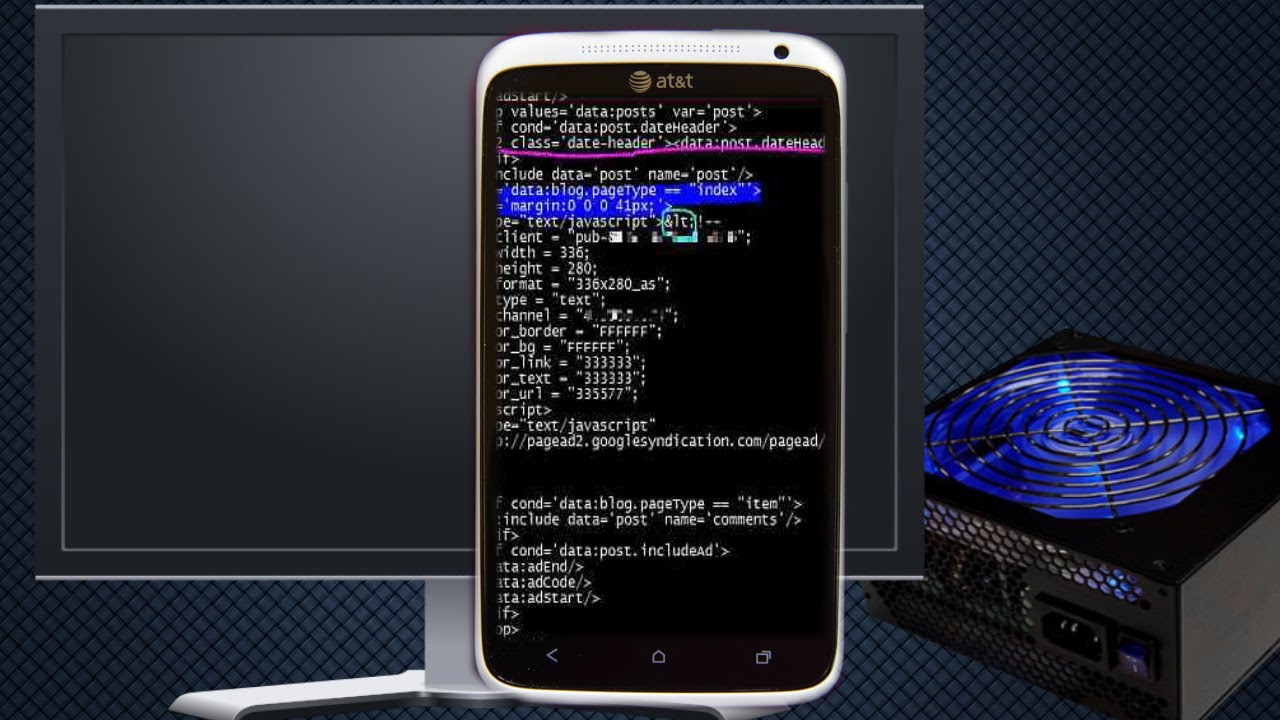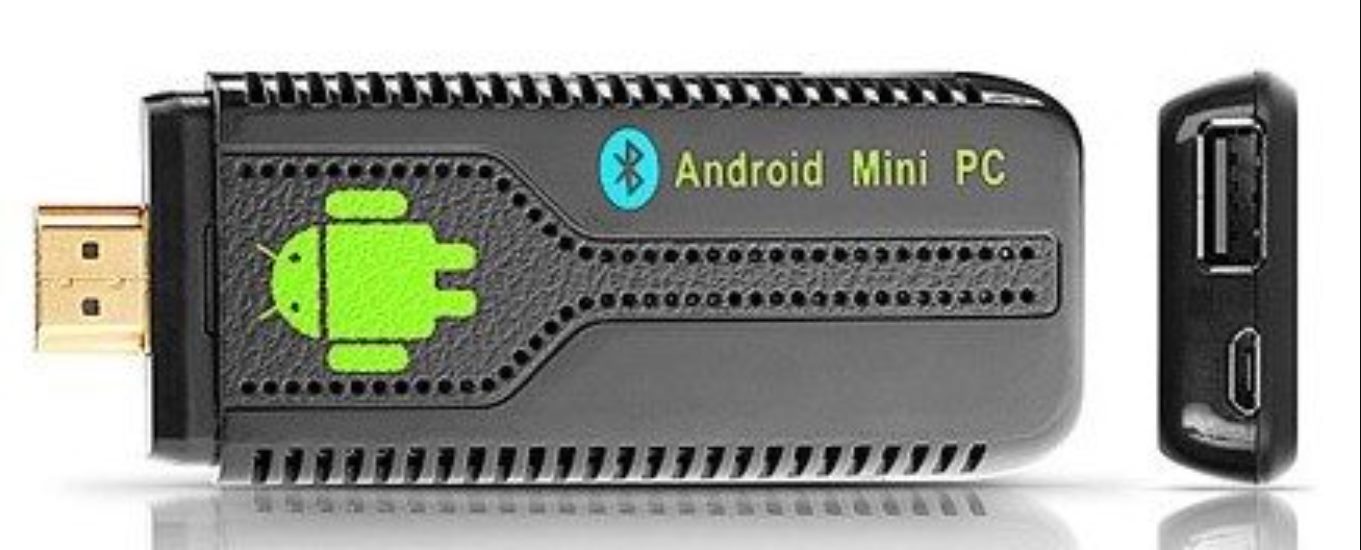Introduction
Welcome to our guide on how to turn on your PC remotely. There may be times when you need to access your computer from a different location, but you don’t want to leave it running all the time. Whether you’re working from home, on a business trip, or simply want the convenience of being able to power on your PC without physically being in front of it, there are several methods you can use to achieve this.
In this article, we will discuss five different methods that allow you to turn on your PC remotely. These methods range from utilizing Wake on LAN (WoL) technology to using remote power management software or smart power strips. Each method has its advantages and may be more suitable for specific scenarios or hardware configurations.
Before diving into these methods, it’s essential to make sure your PC meets the requirements for remote power-on functionality. Firstly, make sure your computer supports Wake on LAN. Most modern PCs and motherboards have this feature, but it’s always best to check the manufacturer’s documentation or website to confirm compatibility.
Additionally, check if your computer is connected to a network that supports remote access. If you’re planning to use methods involving the internet, such as remote desktop connections or VPNs, ensure you have a stable internet connection on both ends.
Now that we’ve laid the groundwork, let’s explore the different methods you can use to turn on your PC remotely. Whether you’re a home user, a business professional, or a traveler, these methods will provide you with the flexibility and convenience you need to access your computer from anywhere in the world.
Method 1: Wake on LAN (WoL)
Wake on LAN (WoL) is a technology that allows you to power on your computer remotely through a local area network (LAN) connection. This method is particularly useful when you’re away from home or office and want to turn on your PC without physically being present.
To use Wake on LAN, you need two components: a device to send the wake-up signal and a computer that supports WoL. The device can be any other computer, smartphone, or tablet connected to the same network as the PC you want to wake up.
The first step is to enable Wake on LAN in your computer’s BIOS or UEFI settings. Access your computer’s BIOS/UEFI by pressing a specified key during startup (usually Del or F2). Once in the BIOS/UEFI, navigate to the Power Management settings and find the option to enable Wake on LAN. Save the changes and exit the BIOS/UEFI.
Next, you need to obtain the MAC address of the computer you want to wake up. The MAC address is a unique identifier for each network adapter in your computer. You can find the MAC address in the network settings of your operating system or by using network configuration tools.
Once you have the MAC address, you can use a Wake on LAN utility or app on your device to send the wake-up signal to your PC. These utilities allow you to enter the MAC address and the IP address of your computer, as well as other optional settings like the broadcast address or port number.
After configuring the wake-up settings, simply click the “Wake” or “Send” button in the Wake on LAN utility or app. This will send a special “magic packet” to your computer’s MAC address, instructing it to power on.
It’s important to note that Wake on LAN requires the computer to be connected to a power source and the network adapter to be connected to a functioning network, even in a low power state. Additionally, some routers or firewalls may have settings that need to be adjusted to allow the wake-up signal to pass through.
Overall, Wake on LAN is a reliable and convenient method for turning on your PC remotely. However, it’s worth noting that it requires a working LAN connection and some initial setup. If you’re comfortable with networking concepts and have access to a device on the same network, Wake on LAN is an excellent choice for remote power-on functionality.
Method 2: Using a Remote Desktop Connection
A remote desktop connection allows you to access and control your computer remotely, as if you were sitting in front of it. This method is useful when you not only want to turn on your PC remotely but also need full control over its desktop and applications.
To utilize a remote desktop connection, you must ensure that your computer has the necessary remote desktop software installed. For Windows users, this is typically the built-in Remote Desktop Protocol (RDP) client, while macOS users can use the built-in Remote Desktop Connection feature or third-party applications like Microsoft Remote Desktop.
Before attempting to establish a remote desktop connection, make sure that your computer is powered on and connected to the internet. It’s also necessary to enable remote desktop access on your computer. In Windows, you can enable this feature by going to the System Control Panel, selecting “Remote settings,” and allowing remote connections.
Once your computer is properly set up, you need a remote device to connect to it. This can be another computer, a smartphone, or a tablet with a compatible remote desktop client installed. Ensure that the remote device is connected to the internet as well.
To establish the remote desktop connection, launch the remote desktop application on your remote device. Enter the IP address or hostname of your computer, along with your login credentials. If your computer is behind a firewall or router, you may need to forward the appropriate port (usually 3389 for RDP) to allow the connection.
After successfully connecting, you’ll see your computer’s desktop on the remote device’s screen. You can now interact with your computer as if you were physically present. This includes starting and running applications, accessing files, and performing any tasks you would normally do.
One important consideration is the security of your remote desktop connection. It’s recommended to use strong, unique passwords for both your user account and the remote desktop connection. Additionally, enabling two-factor authentication and configuring a firewall on your computer can add an extra layer of protection.
Using a remote desktop connection is an effective method for turning on and accessing your computer remotely. It provides full control over your PC’s desktop and applications, making it ideal for tasks that require hands-on interaction. Whether you’re a professional needing remote access to work-related files or a home user in need of accessing personal files from afar, a remote desktop connection offers flexibility and convenience.
Method 3: Using a Smart Power Strip
A smart power strip is a device that allows you to remotely control the power supply to your PC and other connected devices. It offers a convenient and straightforward way to turn on your PC remotely without the need for complicated network setups or additional software.
To use a smart power strip, you’ll need two main components: the smart power strip itself and a compatible mobile app or remote control. Smart power strips are equipped with Wi-Fi or Bluetooth connectivity, allowing you to connect and control them wirelessly from your smartphone, tablet, or computer.
The first step is to set up the smart power strip. Plug your PC and other devices into the appropriate outlets on the power strip. Then, connect the power strip to your home Wi-Fi network following the manufacturer’s instructions. This typically involves downloading the companion mobile app, creating an account, and linking the power strip to your Wi-Fi network.
Once the smart power strip is connected to your network, you can use the mobile app or remote control to manage the power supply. These tools typically provide a user-friendly interface where you can see a list of connected devices and toggle power on or off for each outlet.
To turn on your PC remotely, simply open the mobile app or use the remote control and find the outlet corresponding to your PC. Tap or click the power button to supply power to the PC. The smart power strip will then send power to the connected devices, including your PC, instantly turning it on.
Smart power strips often offer additional features, such as scheduling or automation capabilities. You can set timers to turn on or off specific outlets at predefined times. This can be useful if you have a regular routine or want to conserve energy by automatically turning off power to certain devices when not in use.
It’s important to note that smart power strips rely on a stable Wi-Fi or Bluetooth connection. Ensure that your network coverage is sufficient in the location where the power strip is placed to prevent any connectivity issues.
Using a smart power strip is a convenient and user-friendly method for remotely turning on your PC. It eliminates the need for complex networking configurations and provides a simple way to control power supply to your devices. Whether you’re at home or away, a smart power strip ensures that your PC is available at your command with just a few taps on your mobile app or clicks on your remote control.
Method 4: Using a Remote Power Management Software
A remote power management software is a specialized tool that allows you to control the power state of your PC remotely. This method provides a comprehensive solution for remotely turning on, shutting down, or restarting your computer, as well as managing power settings and monitoring system status.
To use remote power management software, you first need to install the software on both the computer you want to control and the device from which you’ll be initiating the remote power commands. There are various remote power management software options available, ranging from free to paid versions, with different features and levels of functionality.
Once the software is installed and configured correctly, you can establish a connection between your device and the computer using the software’s user interface or a dedicated mobile app. Depending on the software, this connection can be established over the local network or through the internet.
When the connection is established, you’ll have access to a range of power management options. For example, you can remotely turn on your PC by sending a power-on command from your device. Similarly, you can initiate a shutdown or a restart command, providing you with full control over your computer’s power state, regardless of your physical location.
Remote power management software often includes additional features to enhance the overall experience. For instance, you may have the ability to schedule power operations, create automated sequences, or monitor power usage and system health remotely.
Security is a crucial aspect of remote power management software. It’s important to ensure that you’re using a reputable and secure software solution that employs encryption and authentication protocols to protect your remote connections. Additionally, it’s advisable to use strong and unique login credentials to prevent unauthorized access.
This method is particularly useful in scenarios where you require complete control over your PC’s power state and want to perform advanced power management operations remotely. Whether you’re a system administrator managing multiple computers or a home user needing flexibility in controlling your PC’s power, remote power management software provides a comprehensive solution.
Before choosing a specific software, take the time to research and compare available options to ensure that the software meets your specific requirements and is compatible with your operating system.
Method 5: Virtual Private Networks (VPNs)
Virtual Private Networks, or VPNs, provide a secure and encrypted connection between your device and a remote network. While VPNs are commonly used for privacy and security purposes, they can also be leveraged to turn on your PC remotely.
To utilize a VPN for remote power-on functionality, you’ll need a VPN service subscription and corresponding software or app installed on both your remote device and the computer you want to turn on.
The first step is to set up the VPN connection. Install the VPN software or app on your devices and follow the provider’s instructions to configure the connection. This typically involves entering your VPN credentials, selecting a server location, and connecting to the VPN network.
Once the VPN connection is established, you can remotely access your computer’s local network. This means you can send a wake-on-LAN packet or use a remote desktop connection to turn on and control your PC.
For example, if you’re using a remote desktop connection, launch the remote desktop app on your device and enter the IP address or hostname of your computer, as well as your login credentials. The VPN connection allows you to establish a secure connection to your computer’s local network, even if you’re physically located in a different location.
If you prefer to use the wake-on-LAN method, make sure your computer is configured to accept wake-on-LAN packets in the BIOS/UEFI settings. Using a wake-on-LAN utility or app on your remote device, send the wake-up signal to your PC’s MAC address through the VPN connection.
VPNs provide an additional layer of security by encrypting the traffic between your device and the remote network, making it difficult for any malicious individuals to intercept or tamper with the data.
It’s worth noting that using a VPN for remote power-on functionality requires an established internet connection on both devices, as well as a working VPN connection. Additionally, ensure that your computer is connected to a power source and that any necessary ports or firewalls allow the wake-on-LAN packets to pass through.
VPN technology is not only useful for remote power-on capabilities but also offers numerous other benefits, such as secure access to shared files and resources within your local network, enhanced privacy while browsing the internet, and protection against malicious network attacks.
When choosing a VPN service, consider factors such as security protocols, server locations, speed, and customer support. Select a reputable provider that aligns with your specific needs and provides strong encryption and privacy features.
In summary, VPNs provide a secure and versatile method for remotely turning on your PC. Whether you’re using remote desktop connections or wake-on-LAN, VPNs ensure that your connection is protected, enabling you to have full control over your computer’s power state from anywhere in the world.
Conclusion
Turning on your PC remotely can offer various benefits, whether you’re a professional needing access to work files or a home user wanting to control your computer from a distance. In this guide, we explored five methods that enable remote power-on functionality:
- Wake on LAN (WoL): This method allows you to send a wake-up signal to your computer via a local area network (LAN) connection. It requires setting up the BIOS/UEFI settings, obtaining the MAC address, and using a Wake on LAN utility or app.
- Using a Remote Desktop Connection: By utilizing remote desktop software, you can access and control your PC remotely as if you were sitting in front of it. This method provides full control over your computer’s desktop and applications.
- Using a Smart Power Strip: Smart power strips allow you to remotely control the power supply to your PC and other devices. Setting up the power strip and using a compatible app or remote control simplifies the process of turning on your PC remotely.
- Using a Remote Power Management Software: Remote power management software provides comprehensive control over your computer’s power state. With the installation of compatible software on both devices, you can initiate power-on, shutdown, restart commands, and more.
- Virtual Private Networks (VPNs): VPNs allow for secure and encrypted connections to remote networks. By establishing a VPN connection, you can remotely access your computer’s local network, enabling remote power-on methods like wake-on-LAN or remote desktop connections.
Each method has its own advantages and considerations, depending on your specific needs and hardware configuration. Ensure that your PC supports the chosen method, and follow the necessary setup procedures to enable remote power-on functionality.
Remember to prioritize security by using strong passwords, enabling encryption, and utilizing secure networks when remotely accessing your PC.
With these methods at your disposal, you can enjoy the flexibility and convenience of turning on your PC remotely, allowing you to access important files and perform tasks from anywhere in the world.

























